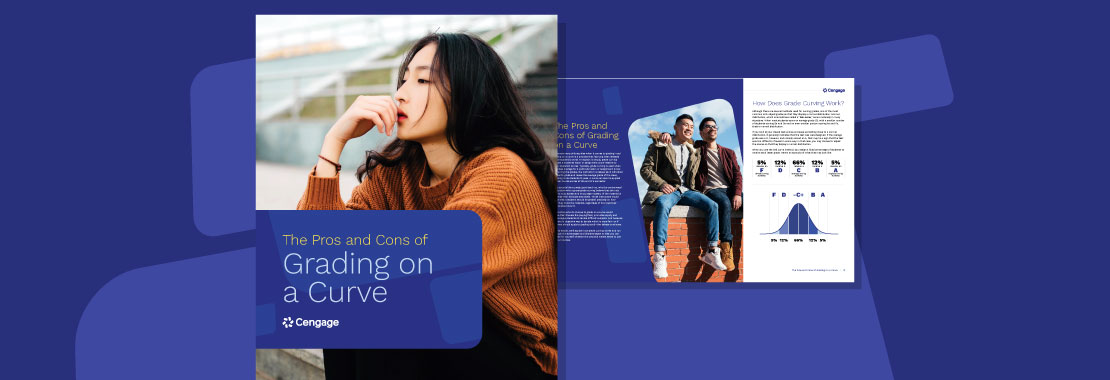John Kennedy is a writer at Cengage who wants to help make teaching and learning easier for everyone. When he isn’t writing, he’s likely strumming a guitar, revving up a motorcycle or taking in a nice view.
Grading on a curve—a practice that involves adjusting students’ scores on an exam or assignment—stirs up a bit of controversy with both instructors and students. Instructors typically use grade curving to boost scores when the class average for a particular exam or assignment is low.
Some see grade curving as a way to level the playing field, prevent students from getting discouraged when tackling difficult subjects and help more students pass. Others feel that students should be graded solely on how well they mastered the material, regardless of how the rest of their classmates performed.
In this eBook, we cover:
- How grade curving works
- Alternative ways to adjust grades
- The pros and cons of grading on a curve
- Candid opinions from real instructors and students
Download “The Pros and Cons of Grading on a Curve” to learn more and help you decide if you should curve grades in your course.



